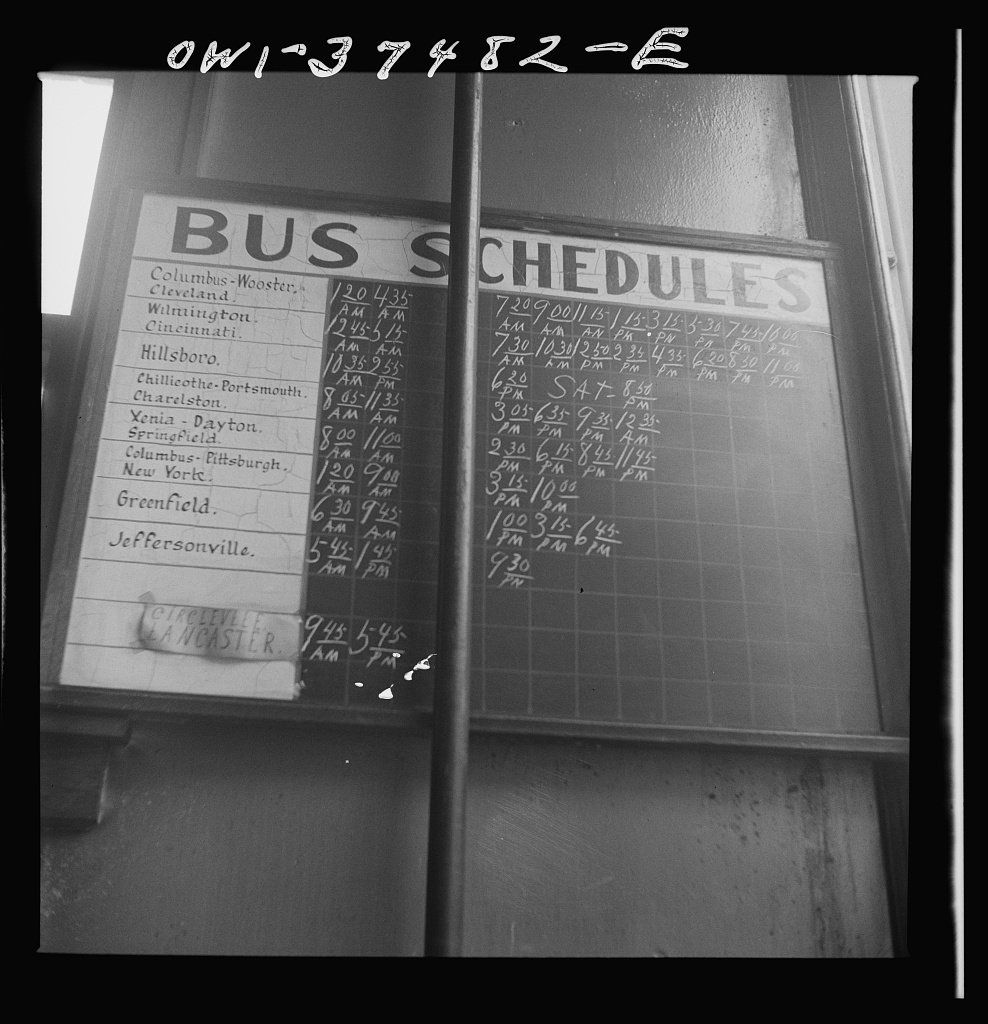Ever wondered how a bus seems to magically appear at your stop right when you need it? It’s not just luck. Bus schedules are complex feats of logistical planning, a carefully constructed dance between algorithms, public need, and a whole lot of data. Behind that seemingly simple timetable lies a sophisticated process designed to maximize efficiency, accessibility, and rider satisfaction.
So, how exactly is a bus transit schedule created? Let’s delve into the key elements:
Understanding the Landscape: Data Collection and Analysis
Before even thinking about timetables, planners need to understand the terrain.
- Ridership Data: This is the cornerstone. Analyzing boarding and alighting patterns at different times of day, days of the week, and seasons reveals peak demand periods, popular routes, and areas underserved by existing service.
- Traffic Patterns: Congestion levels at different times significantly impact travel times.
- Demographic Information: Understanding the population distribution, employment centers, schools, and other key destinations helps identify areas with high demand for public transit.
- Customer Feedback: Surveys, complaints, and suggestions from riders provide valuable insights into areas where the current schedule falls short.
- Geographic Factors: Road layouts, potential hazards, and accessibility limitations influence route design and travel times.
With a solid understanding of demand and constraints, planners can define the route network. This aspect involves:
- Route Selection: Determining the optimal pathways to connect key destinations, balancing coverage with efficiency.
- Service Type Differentiation: Differentiating between local, express, and limited-stop services to cater to various travel needs and distances.
- Trip Planning: Determining the start and end times for each bus trip, considering route length, traffic conditions, and layover times.
- Headway Management: Ensuring consistent intervals between buses on a route to minimize wait times and avoid bunching.
- Synchronization: Coordinating connections between different s schedule for bus routes to facilitate seamless transfers and minimize transfer times.
- Resource Allocation: Assigning buses and drivers to specific routes and trips, considering maintenance schedules, driver availability, and operational costs.
Iteration and Optimization: Fine-Tuning for Efficiency
The initial schedule is rarely perfect. It needs to be rigorously tested and refined based on real-world performance.
- Simulation and Modeling: Using computer simulations to model the impact of different schedule scenarios on ridership, costs, and service reliability.
- Performance Metrics: Monitoring key performance indicators (KPIs) such as on-time performance, passenger load factors, and operating costs to identify areas for improvement.
- Schedule Adjustments: Making incremental adjustments to the schedule based on performance data and feedback, such as adding extra trips during peak hours or adjusting layover times.
The Ongoing Process: Adapting to Change
Bus schedules are not static documents. They need to be constantly monitored and updated to reflect changing conditions. New developments, population shifts, major events, and seasonal variations all necessitate adjustments.
The Challenges Ahead:
While transit agencies leverage advanced technology, significant challenges remain. Balancing cost-effectiveness with service quality, accommodating increasing urbanization, and integrating with new mobility options like ride-sharing are ongoing concerns.
Takeaways
The bus transit bus schedule for bus is a testament to the power of data-driven decision-making. It’s a complex puzzle that requires careful planning, advanced technology, and a deep understanding of the needs of the community. Next time you consult a bus schedule, remember the intricate process behind it – a symphony of algorithms and human expertise working together to keep our cities moving.
